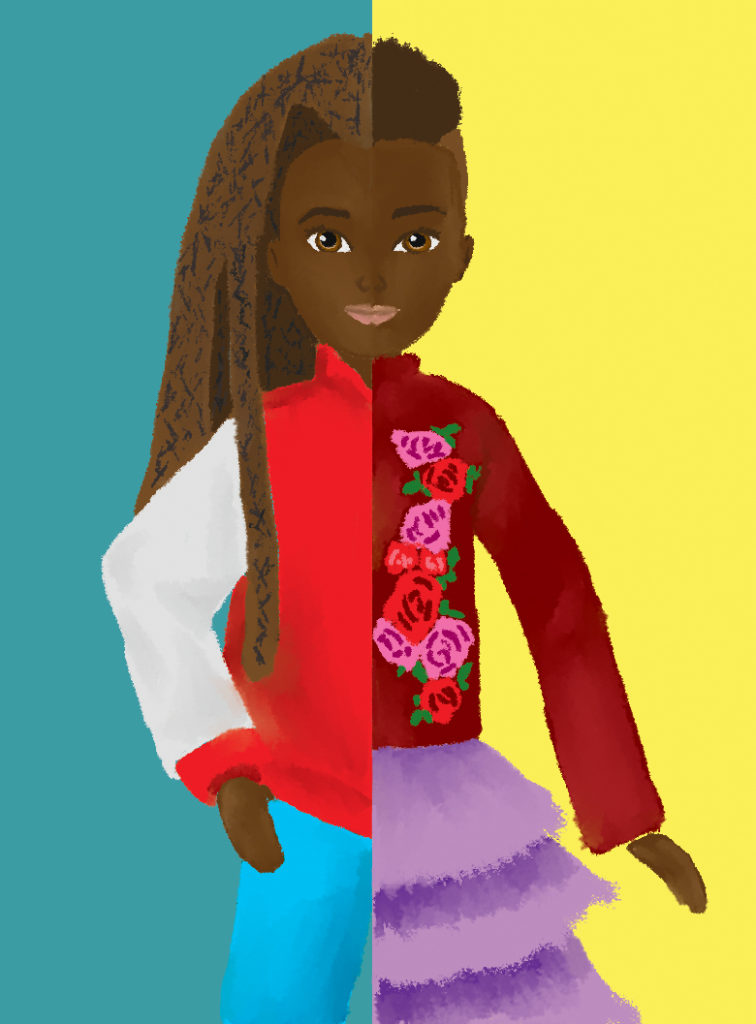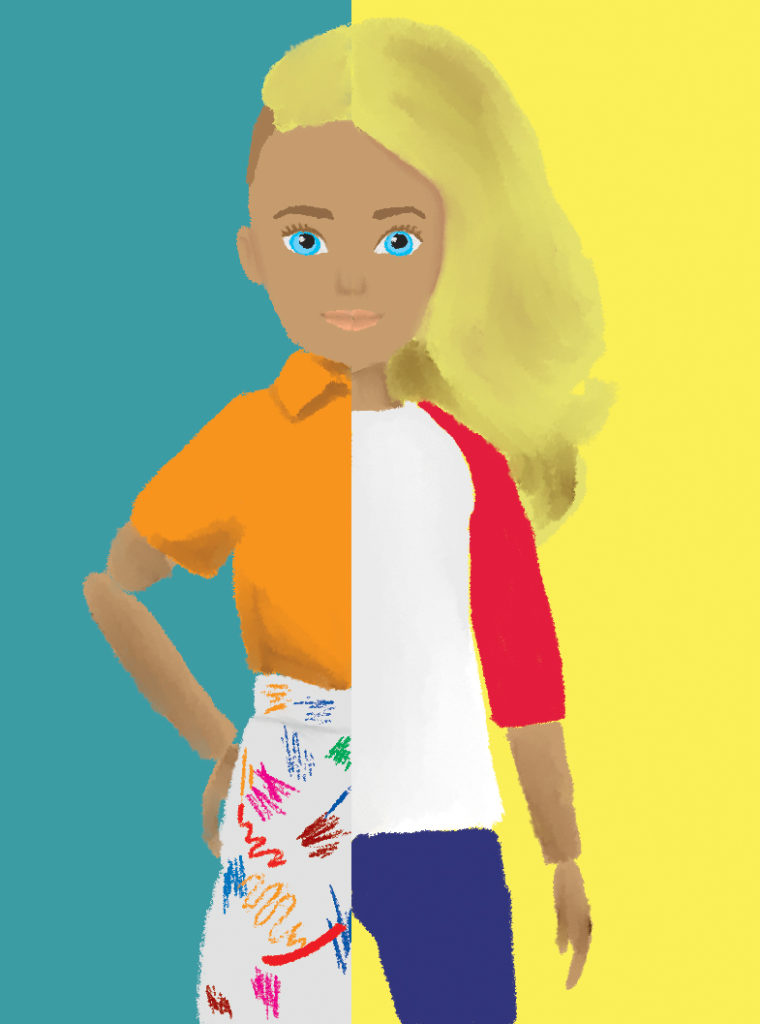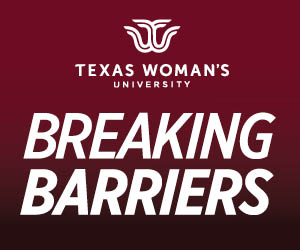More toys should be gender-neutral
November 4, 2019

By Mykel Hilliard
In September, Mattel, the company that created Barbie, announced The Creatable World, a gender inclusive doll line that features customizable dolls with different wardrobe options including wigs that can be styled with short or long hair, pants, skirts or both.
I work for an after-school program and one of my students identifies as nonbinary. Over the years, I have researched, asked their parents questions and worked closely to make sure they feel safe and respected at our program. When I showed them the line of nonbinary toys Mattel was going to release, they lit up with excitement.
This student will likely have a harder time navigating their way through life because they are different than their peers. The Creatable World line of dolls is going to make a difference in how nonbinary children perceive themselves. They will finally have a doll that represents them for who they are. This is important for future generations of nonbinary children.
In a press release, Kim Culmone, senior vice president of Mattel Fashion Doll Design, said: “Through research, we heard that kids don’t want their toys dictated by gender norms. This line allows all kids to express themselves freely, which is why it resonates so strongly with them.”
We should applaud Mattel for expanding their brand to include nonbinary people, especially since so many young people are identifying as nonbinary.
According to a recent study by The Williams Institute at UCLA, 27% of California teens identify as gender nonconforming. Another study by Pew Research in 2018 found that 37% of Gen Xers (born 1965-1980) say they know someone who uses gender neutral pronouns such as they and them, compared to the 16% of Gen Xers. The upward trend of using gender-neutral pronouns should continue to grow as Generation Alpha (born 2010) gets older.
Regardless of how people feel about individuals who identify as nonbinary and use gender neutral pronouns, they exist and deserve to have more representation.
Various experts weighed in on The Creatable World doll line for The Chicago Tribune. Reactions have been mixed so far. Joshua Safer, an endocrinologist, said: “There’s no political agenda. Nobody’s getting pushed to do anything. It just creates opportunity for a few people who were kind of invisible in society to also have their imagination be addressed.”
Carole Lieberman, a psychiatrist and author said, “The underlying message that is extremely harmful encouraging children to think of themselves as gender neutral, when they have been born with sexual organs of a boy or girl.”
The toy line being extremely harmful is a big stretch and it is not pushing or encouraging children to do anything. If a child identifies with the toy line and considers themselves nonbinary, I am sure this is a decision they came to on their own. The Creatable World Doll line allows consumers to interpret the dolls however they please. The dolls have been created to purposely omit sex and gender.
The previous generations of people who had a lack of representation have had various mental health issues. According to the Anxiety and Depression Association of America, gender minorities such as transgender, genderqueer and nonbinary people have similar symptoms of anxiety and depression as heterosexual and cisgender non-transgender people, but their symptoms are double those of their heterosexual counterparts. They also have elevated levels of social anxiety, depression and suicidality.
While the doll line won’t make people’s depression and anxiety disappear, it does give them something to identify with in a world that might not understand them.
Brookhaven LGBTQ+ Club member, Avery Allen, identifies as nonbinary “If I had this toy line growing up, I think I would’ve been much happier,” Allen said. “It would’ve opened doors I didn’t know were possible and made the concept of living without the gender binary much more feasible and normal.”
This line will help normalize nonbinary children and help them feel included and happier. Childrens’ experiences when they are young shape who they are and what they feel they can accomplish.
Growing up, I loved all types of toys. I played with action figures, Beyblade, Pokémon cards and Bratz. I felt represented and played with these toys. It is a great thing that nonbinary children will have a toy they can feel connected to.
Toy companies should follow in Mattel’s footsteps and make more gender-inclusive toy lines. They will most likely receive backlash, but they will help so many kids and families in the process.


